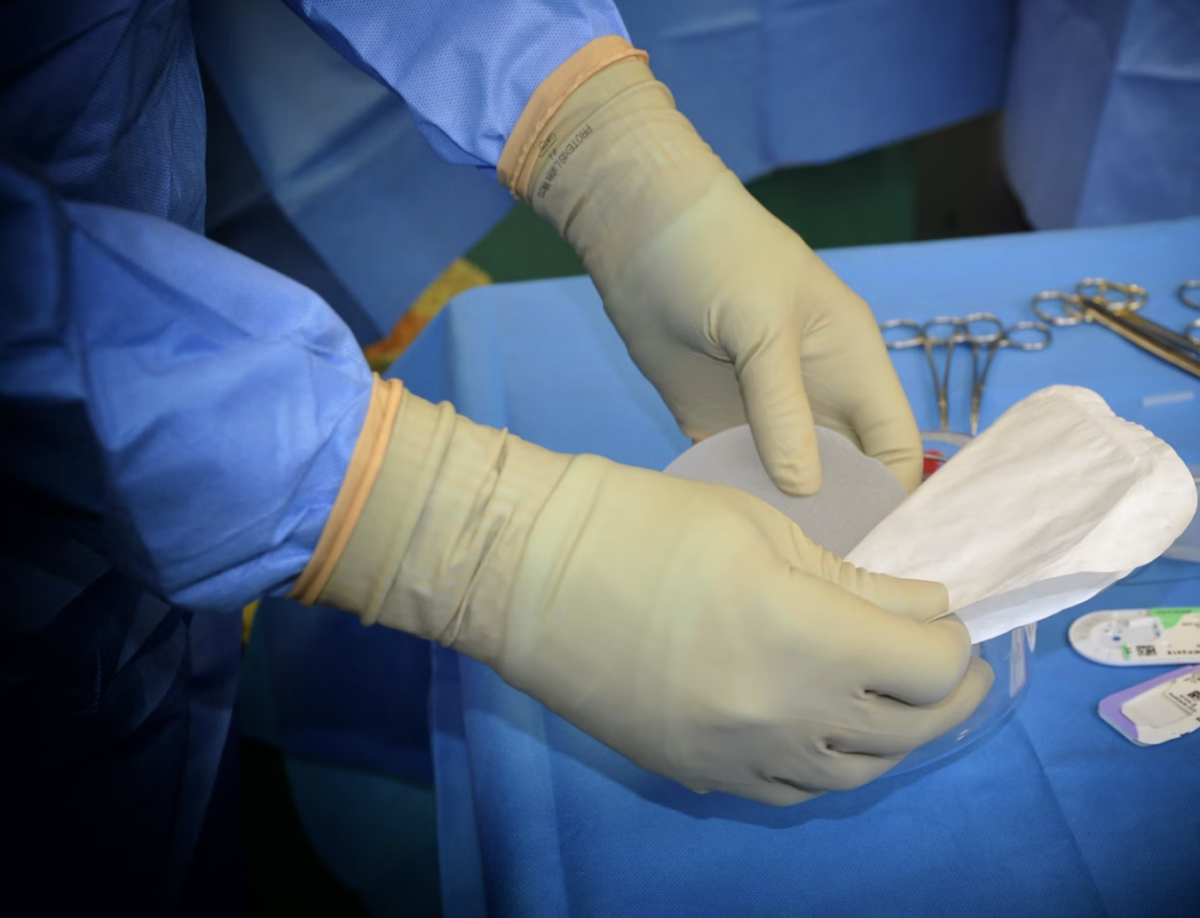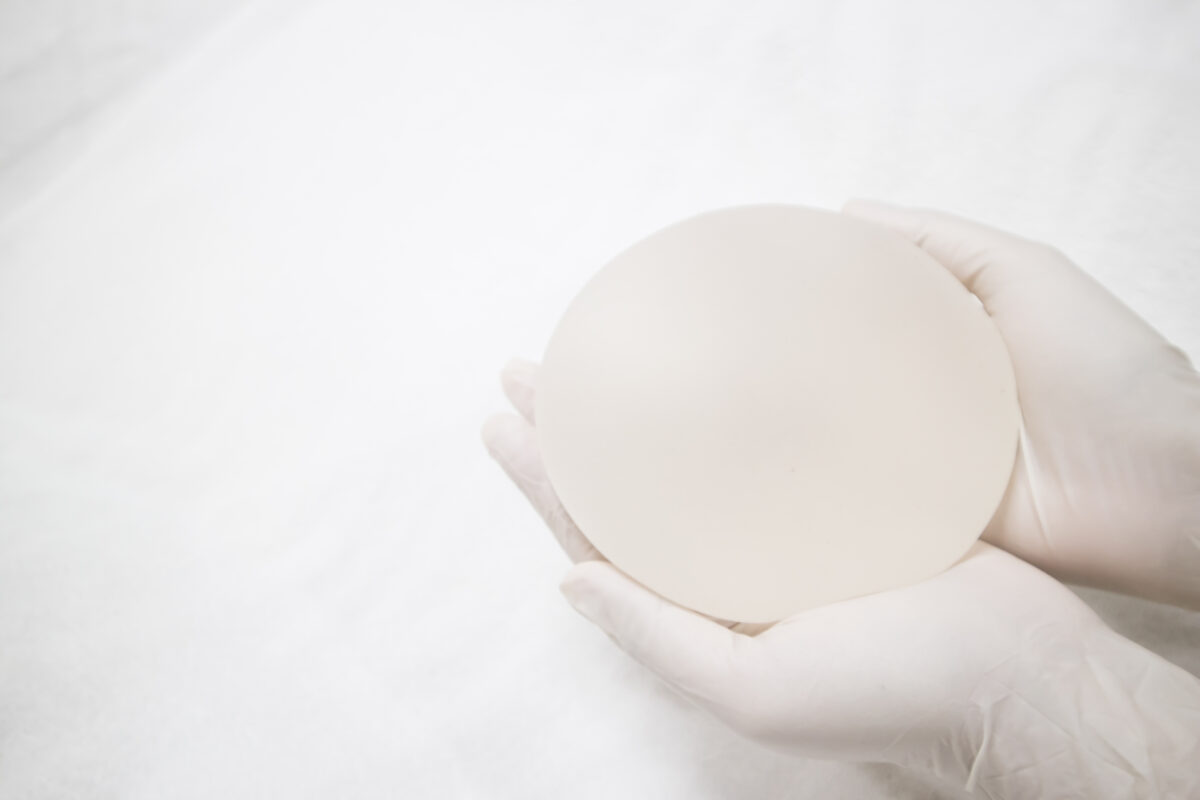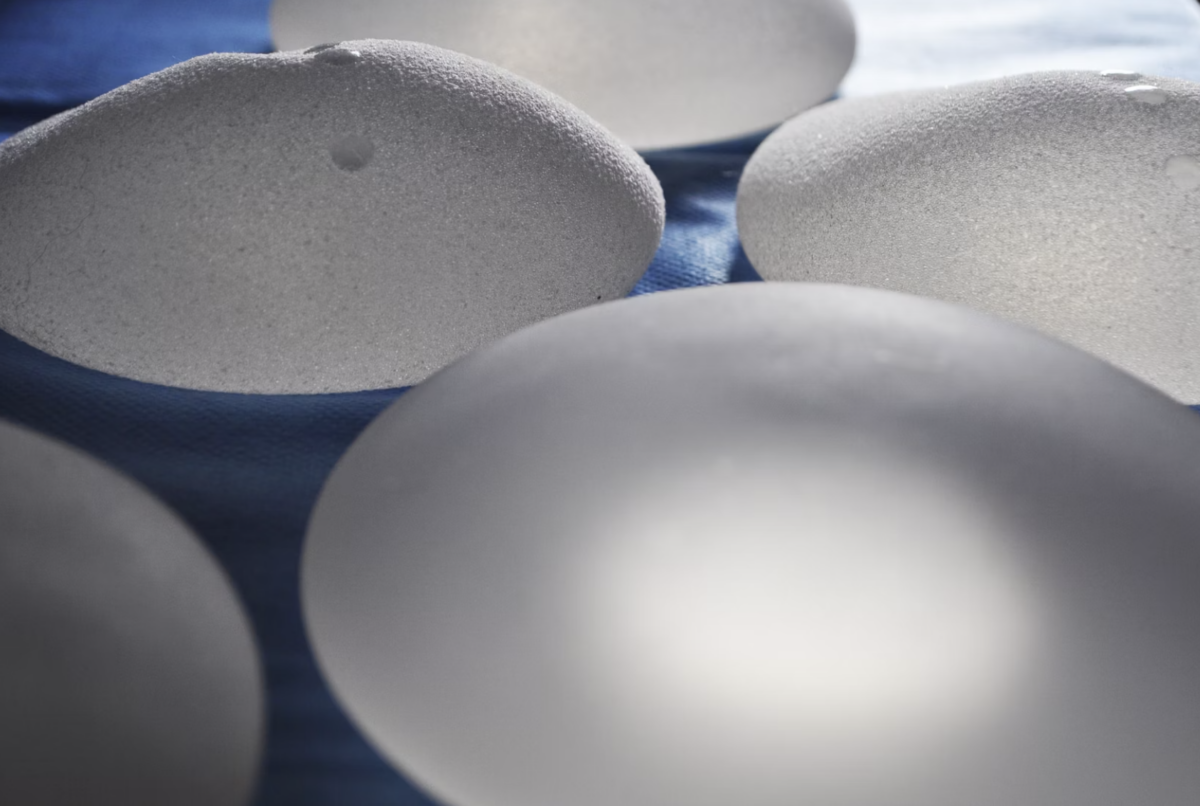Capsular Contracture: Understanding the Risk of Breast Augmentation Complications
What is Capsular Contracture?
Breast augmentation surgery has become increasingly popular among women seeking to enhance their appearance and boost their self-confidence. While many women experience successful outcomes from these procedures, it is essential to recognize that complications can occur. One such complication is capsular contracture, a condition that can affect some women with breast implants. Understanding the risk factors, symptoms, and treatment options associated with capsular contracture is crucial for both patients and healthcare professionals.
Capsular contracture occurs when the scar tissue surrounding a breast implant tightens and squeezes the implant. This excessive tightening can lead to various degrees of discomfort, distortion, and changes in the appearance of the breast. While the exact cause of capsular contracture is not fully understood, it is believed to result from an immune response to the implant, leading to the formation of a thick, fibrous capsule around the implant.
There are several recognized risk factors associated with capsular contracture. These include a history of previous capsular contracture, infection, hematoma (collection of blood), radiation therapy to the chest area, and the use of textured implants. Additionally, factors such as smoking, certain autoimmune conditions, and genetic predisposition may increase the likelihood of developing capsular contracture.
Symptoms of capsular contracture
Symptoms of capsular contracture can vary depending on the severity of the condition. In the early stages, a woman may experience mild discomfort, a tight feeling in the breast, or a change in breast shape. As the condition progresses, the breast may become increasingly firm, develop visible rippling or wrinkles, and feel noticeably different from the unaffected breast. In severe cases, capsular contracture can cause pain, breast asymmetry, and even implant displacement.
Capsular Contracture Treatment
If a woman suspects she may have capsular contracture, it’s important to book an appointment. A healthcare professional will conduct a physical examination, assess the breast’s appearance and texture, and possibly order imaging tests, such as mammography or ultrasound, to evaluate the extent of the condition.
Treatment for capsular contracture can vary depending on the severity of the case. In mild cases, non-surgical interventions such as massage techniques, the use of prescription medications, or ultrasound therapy may be recommended to soften the scar tissue and alleviate symptoms. However, in more advanced cases, surgical intervention is often necessary. The surgical procedure, known as capsulectomy, involves the removal of the scar tissue capsule and, in some instances, the replacement or repositioning of the implant.
Capsular Contracture Prevention
Prevention of capsular contracture is a topic of ongoing research and debate. Several strategies have been proposed, including the use of antibacterial irrigation during surgery, placement of the implant in a submuscular pocket, and the use of textured implants. While these measures may reduce the risk to some extent, they do not guarantee complete prevention of capsular contracture.
In recent years, advancements in implant technology, such as the development of cohesive gel implants and the introduction of smooth surface implants, have aimed to decrease the incidence of capsular contracture. Additionally, ongoing research is focusing on exploring the role of implant surface modifications and innovations in reducing the risk of this complication.
In conclusion, capsular contracture remains a potential complication associated with breast augmentation surgery. Women considering breast implants should be aware of the risk factors, symptoms, and treatment options associated with capsular contracture. Open communication with healthcare professionals, thorough preoperative discussions, and regular postoperative follow-up appointments are essential for early detection, appropriate intervention, and optimal breast health. Continued research and technological advancements will contribute to further minimizing the incidence and impact of capsular contracture, ensuring the safety and satisfaction of women undergoing breast augmentation procedures.
Book a scan
If you have concerns about your breast implants, Implant Health can help. We encourage regular check-ups of your implants to address issues and check for any problems. To get a check-up, please book an appointment.
Worried about your breast implants?
If you’re worried about your implants, we can help.
The benefits of breast implant checks include the early detection of implant-related problems and the ability to monitor how your breast and implant change over time.








